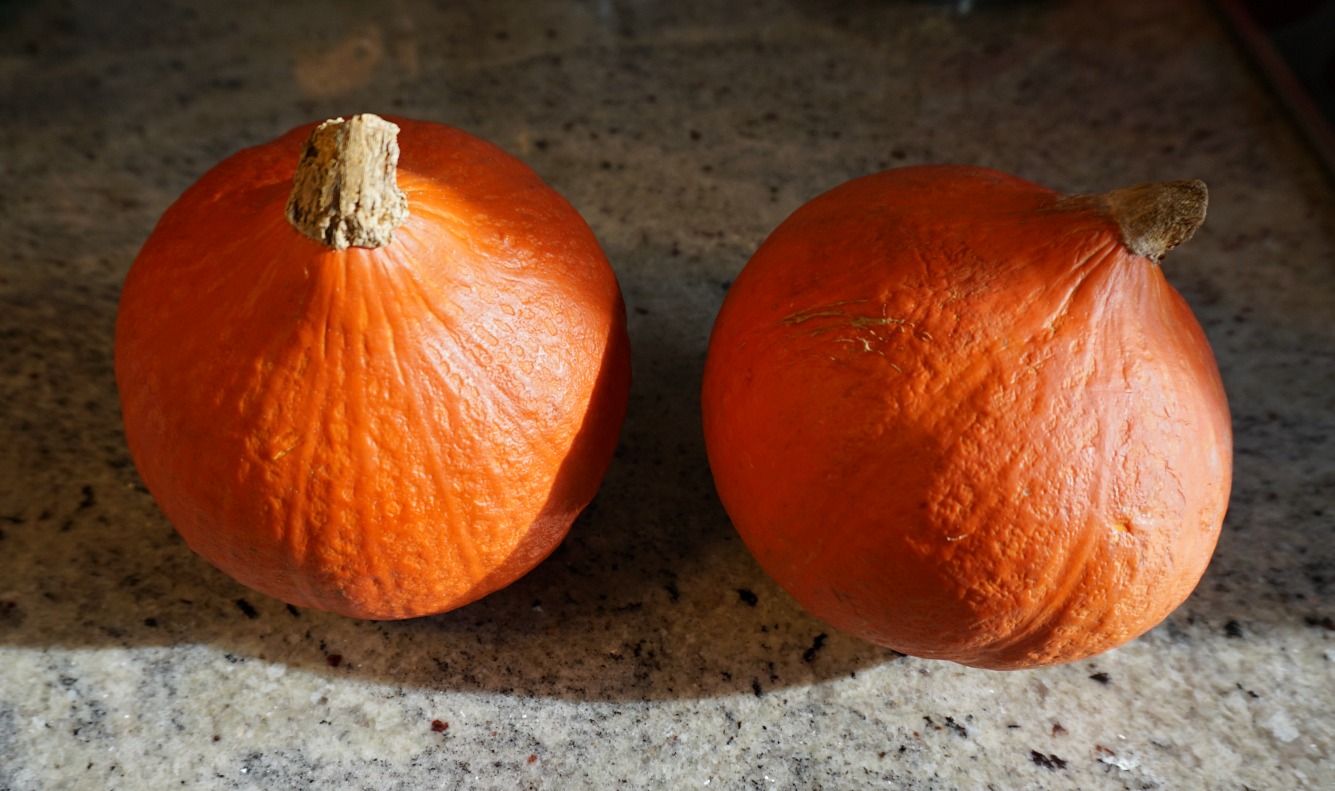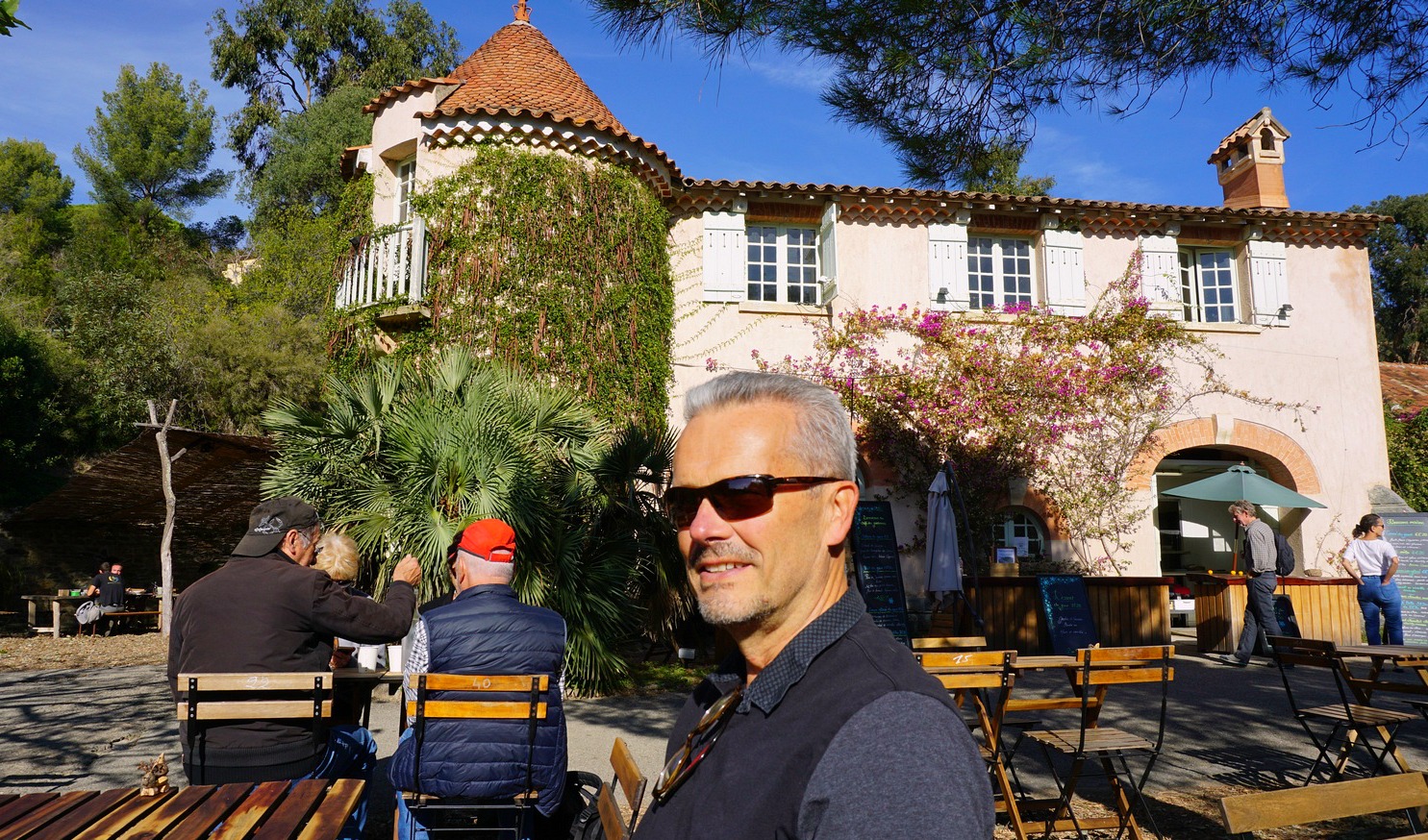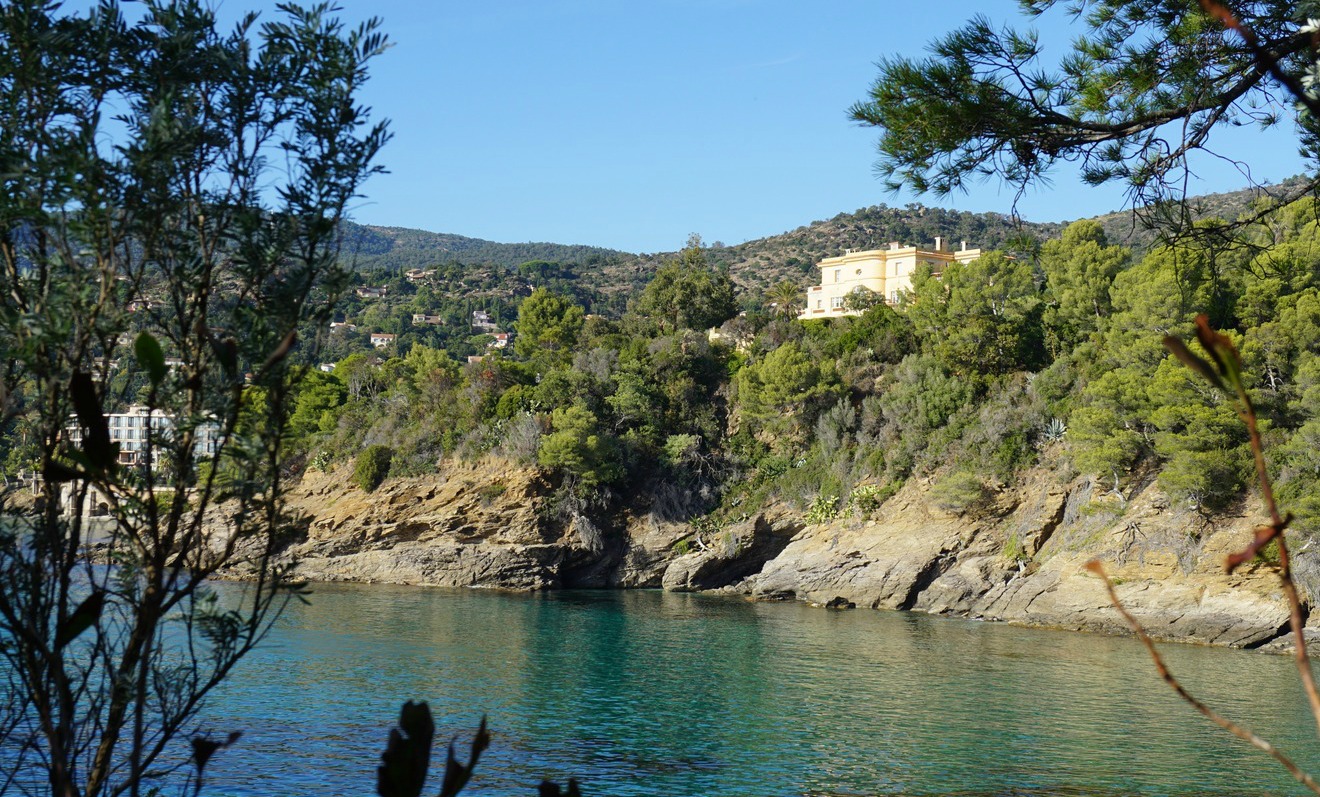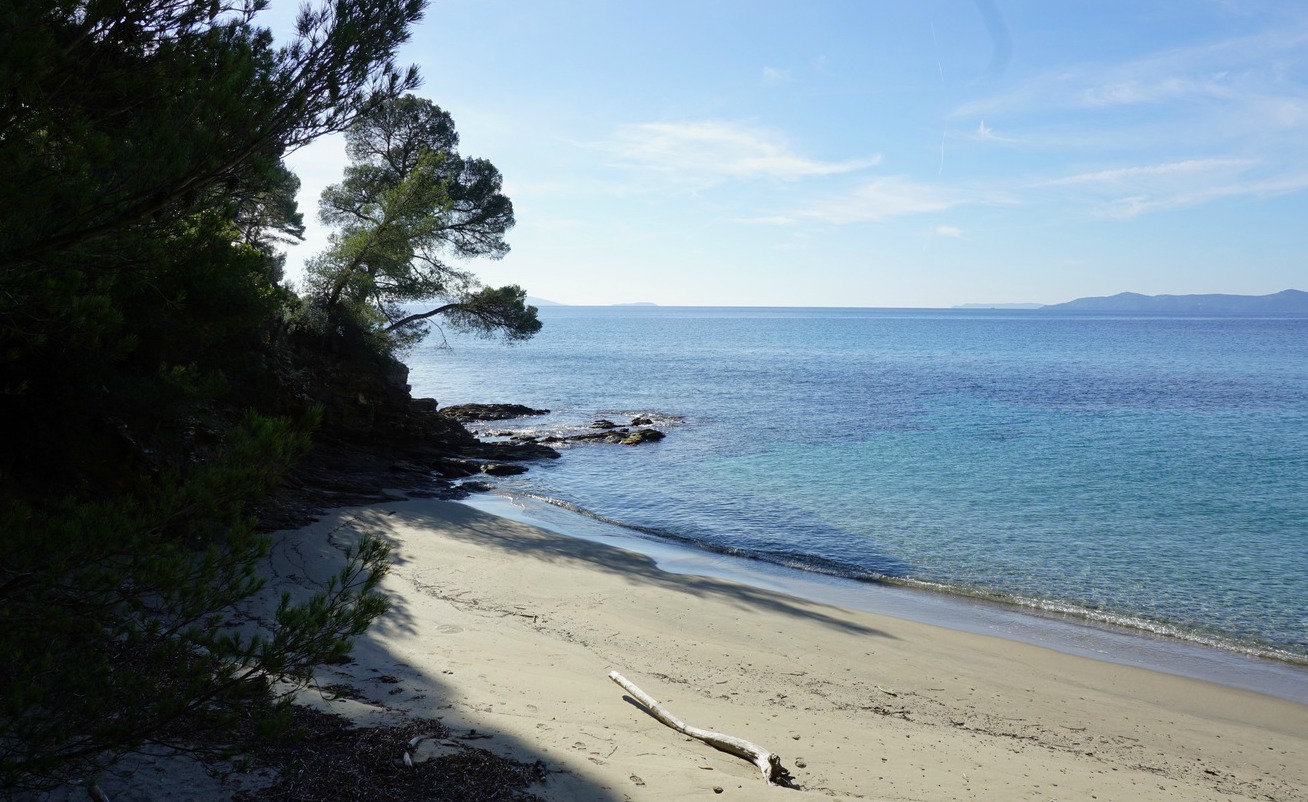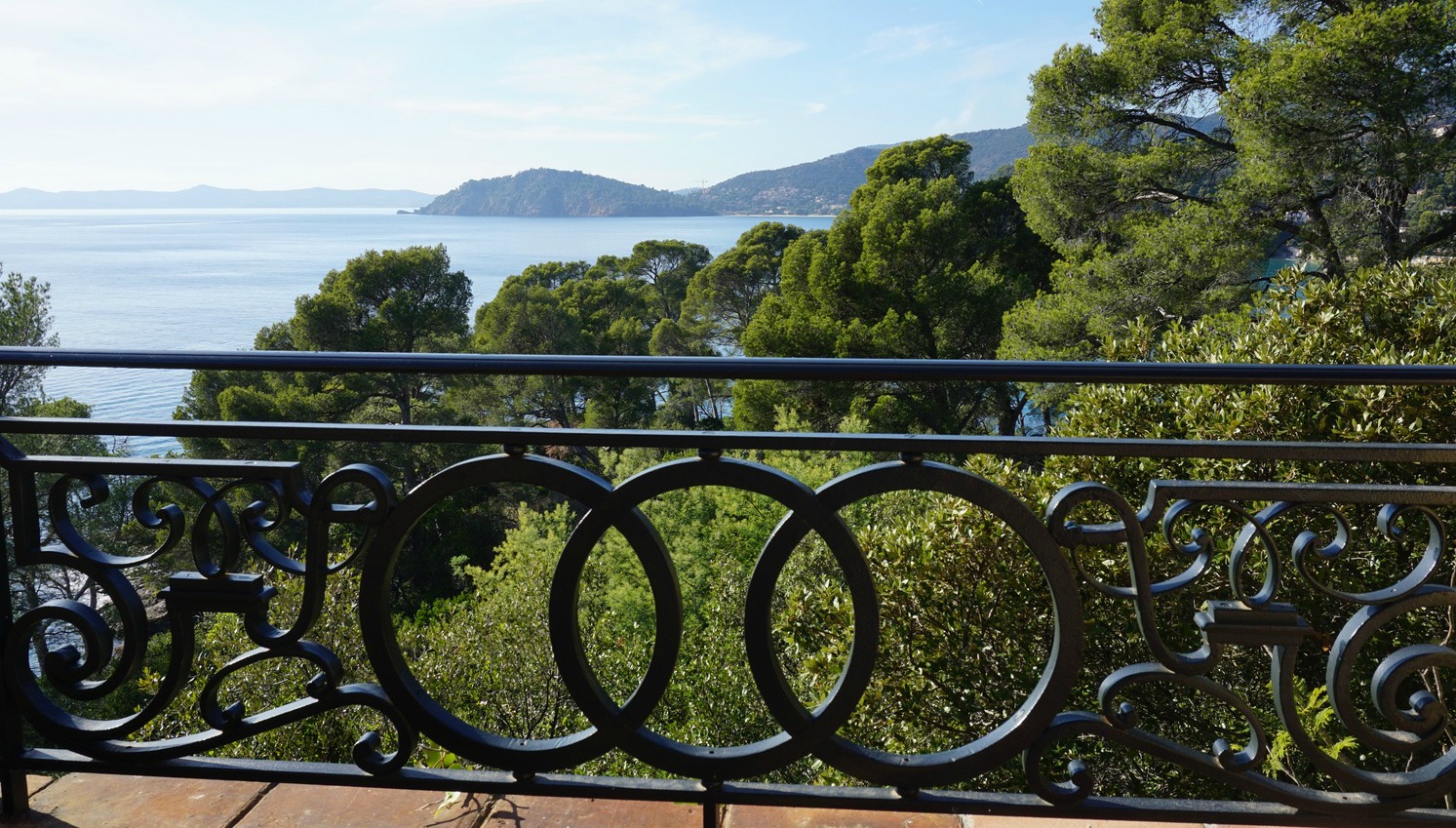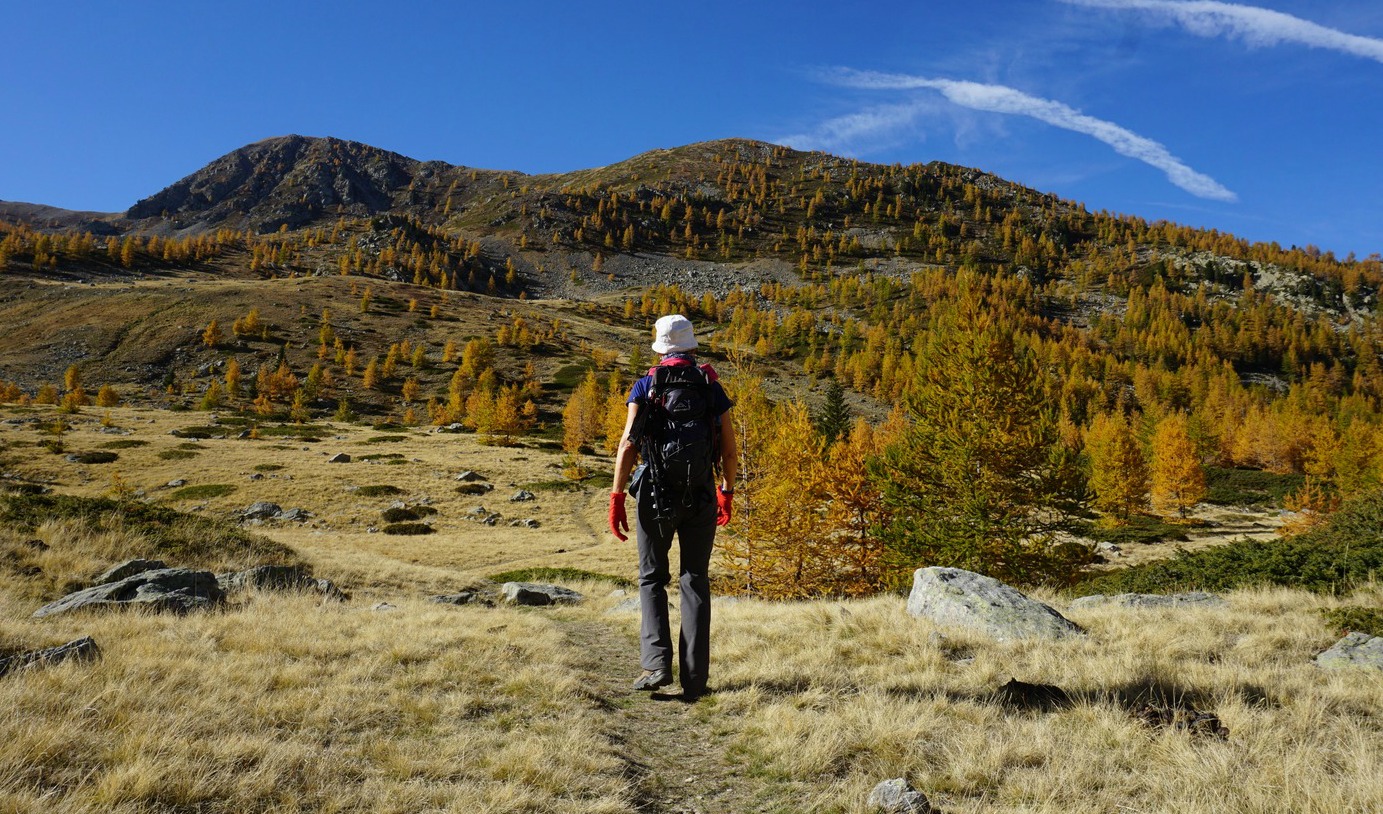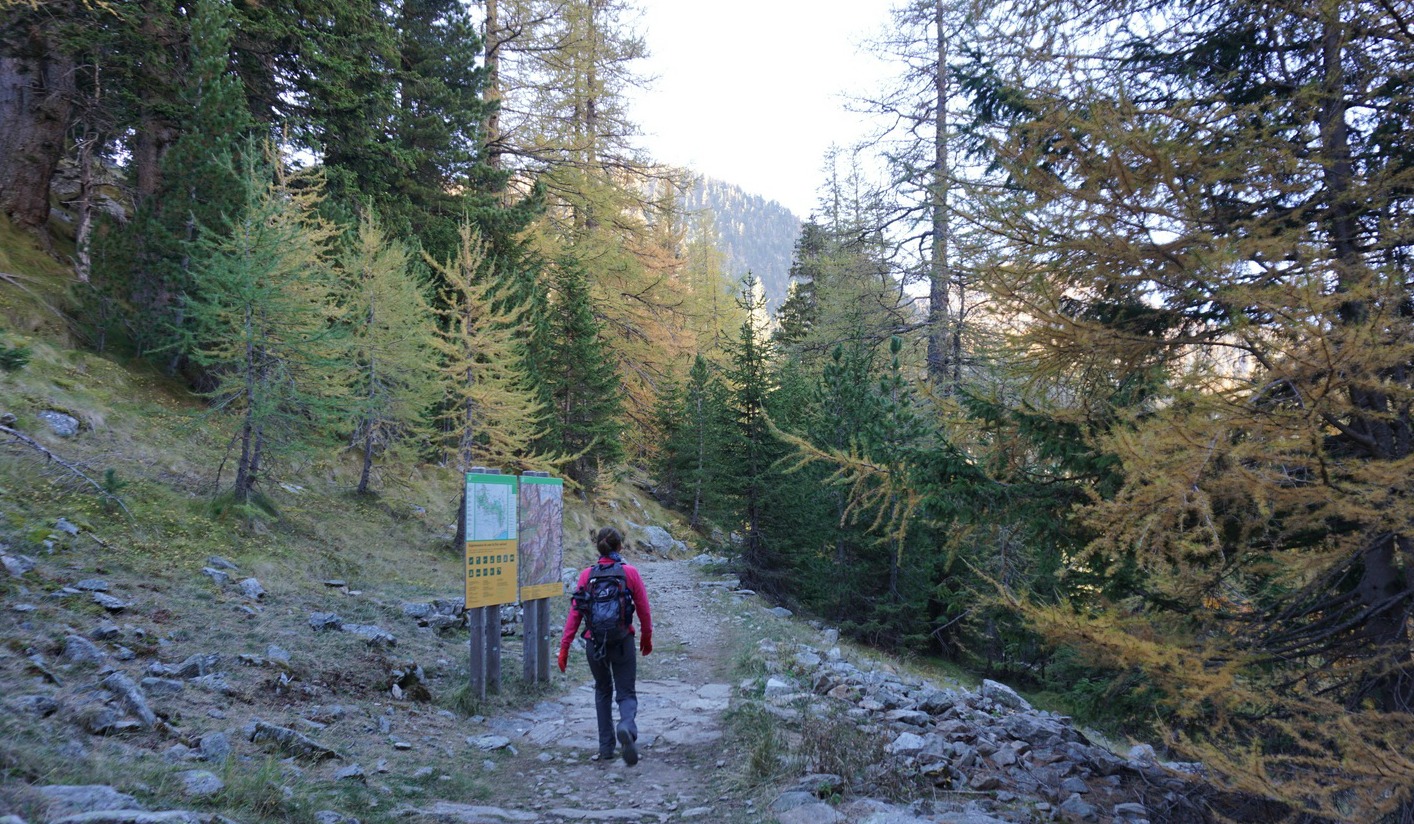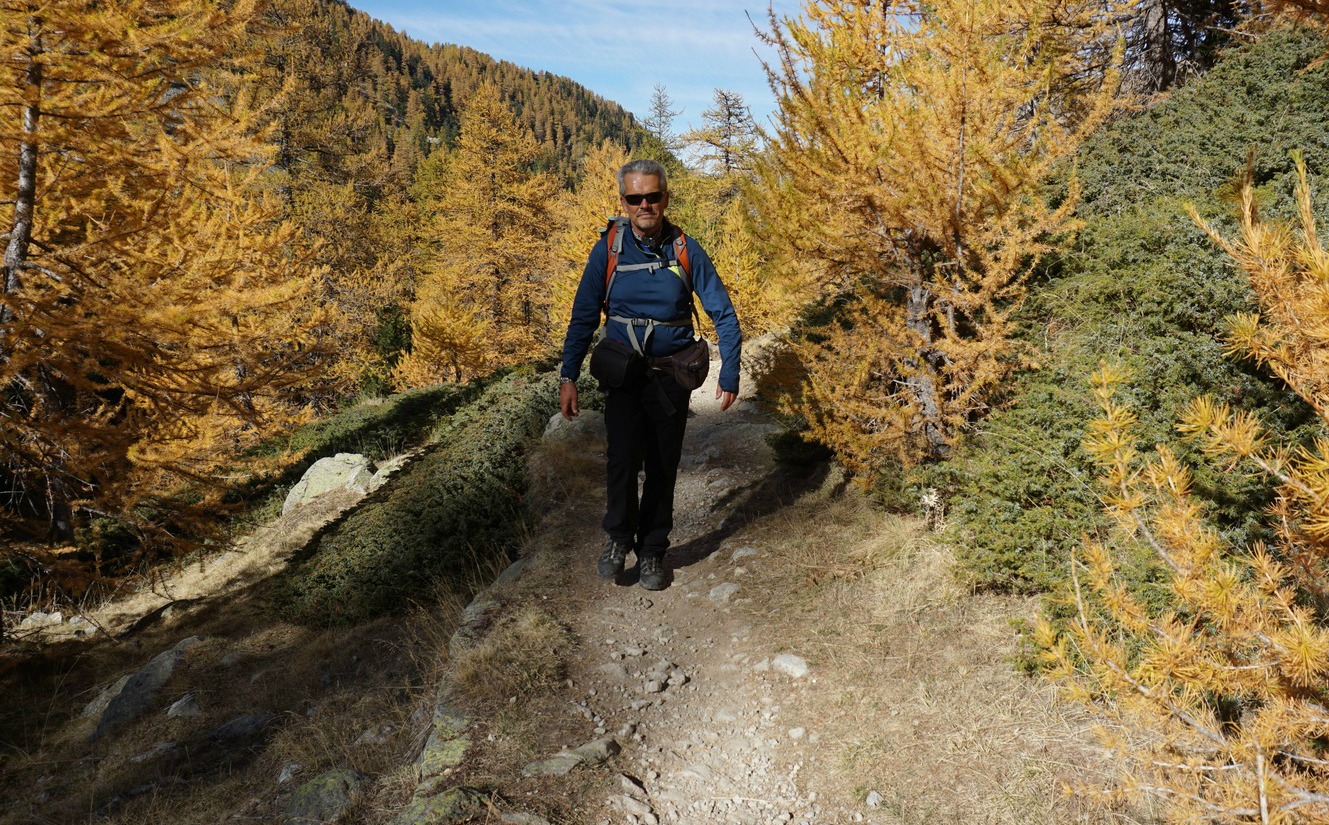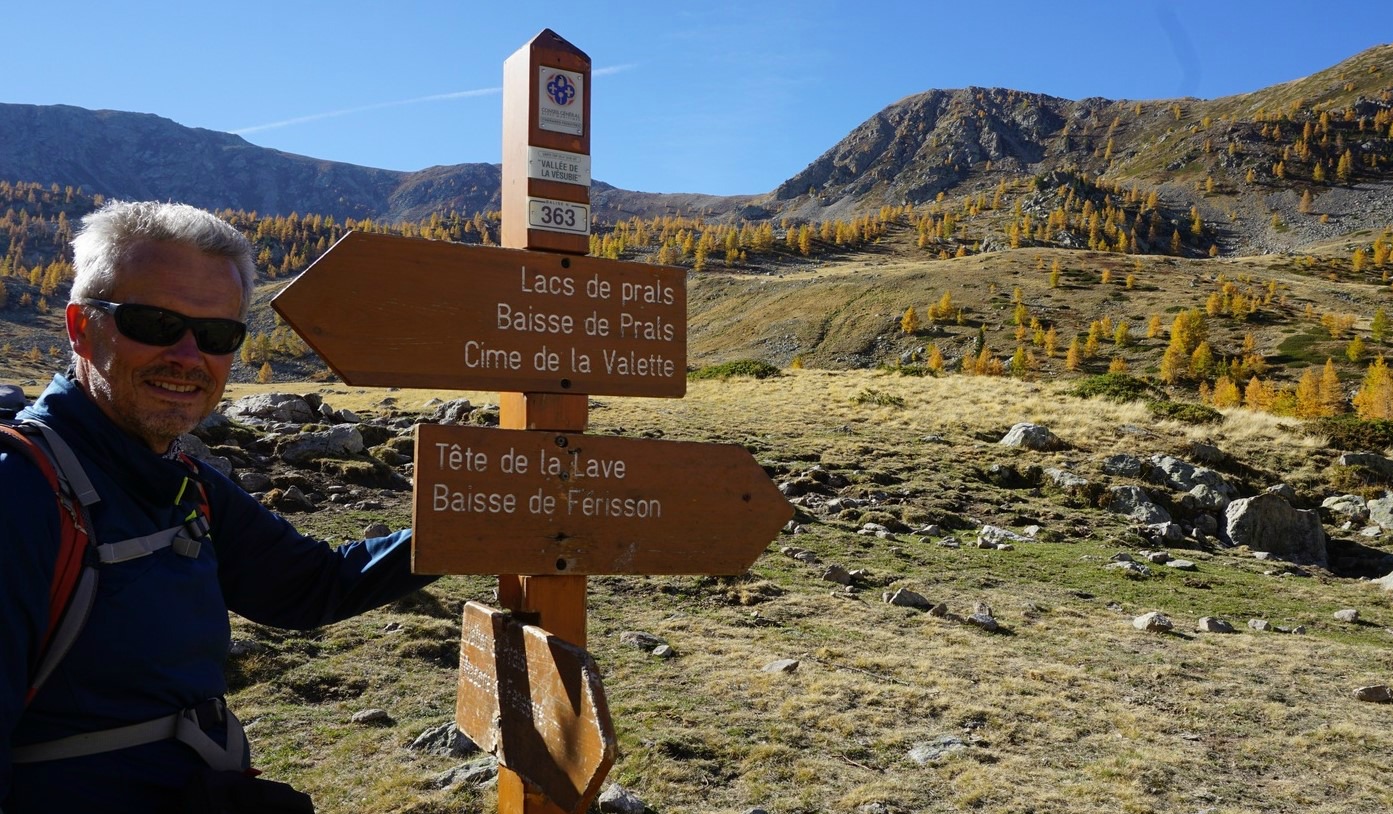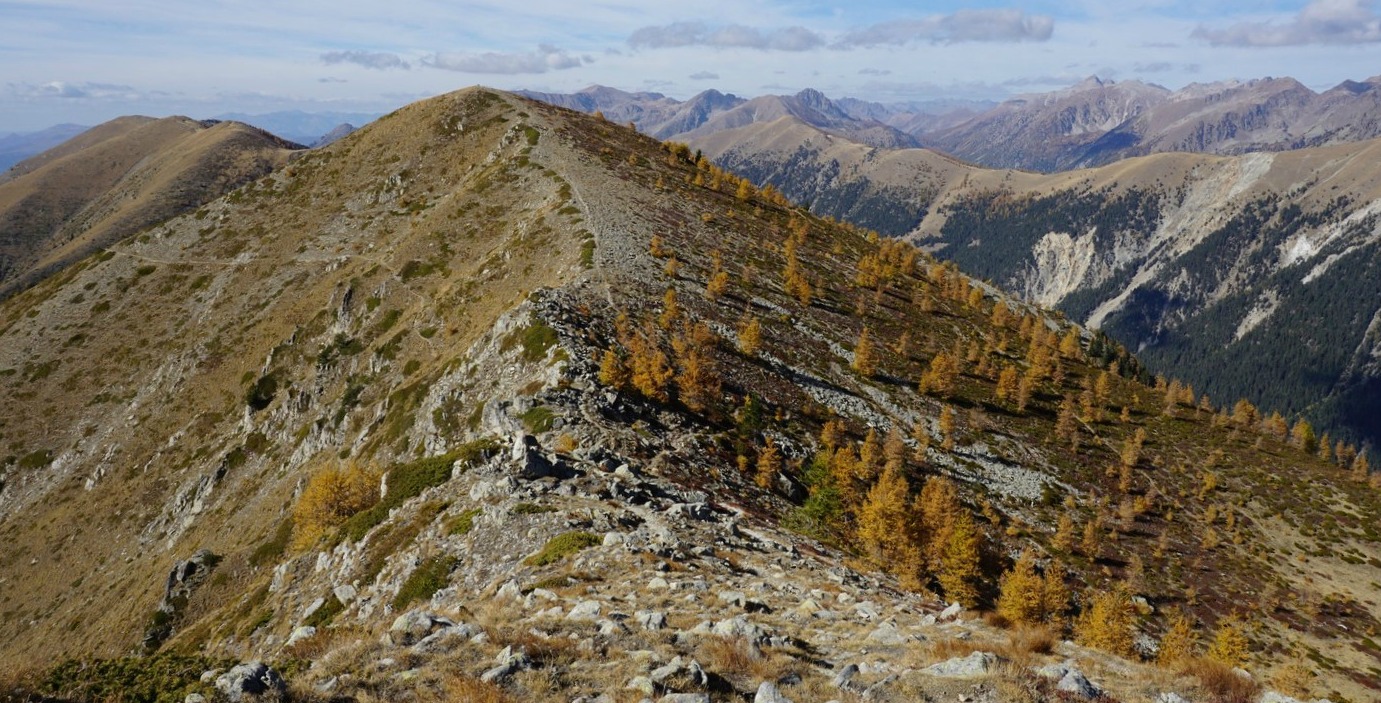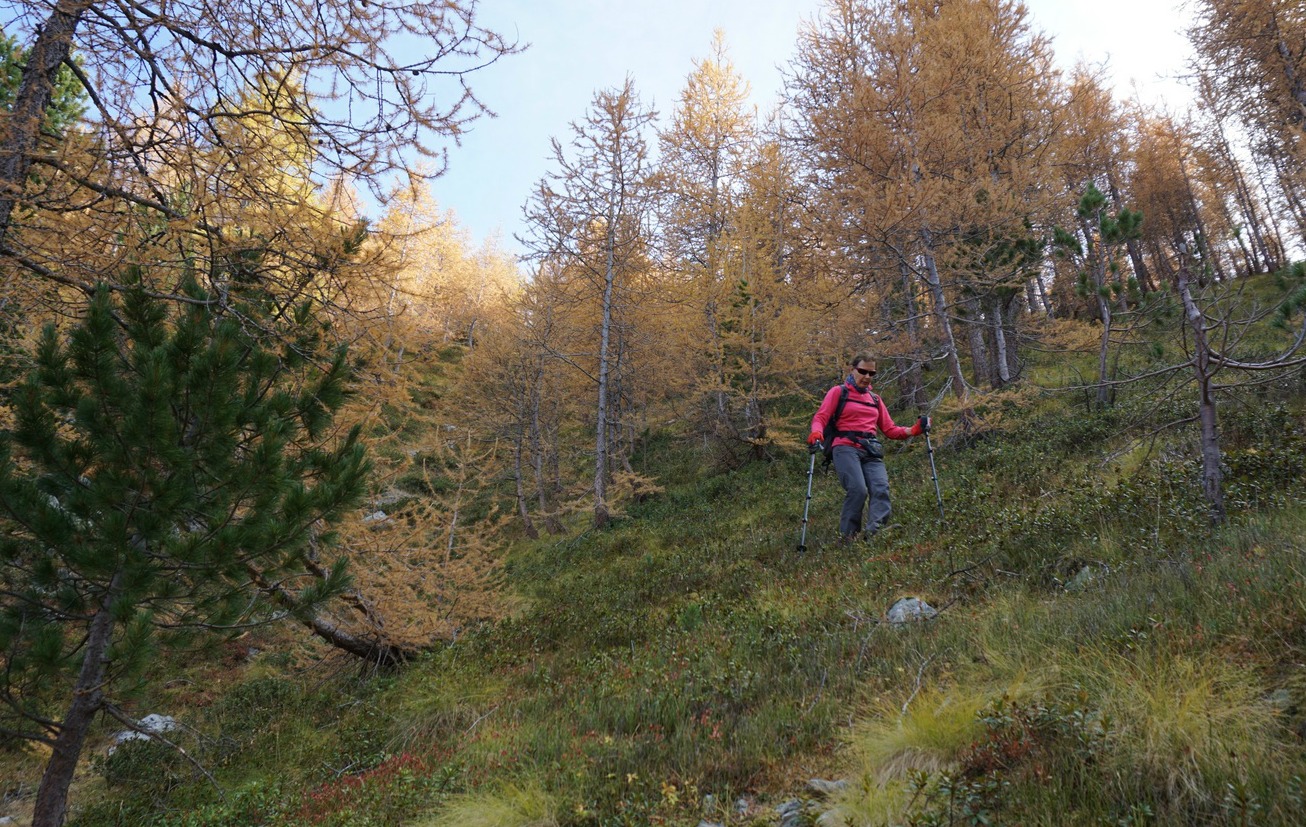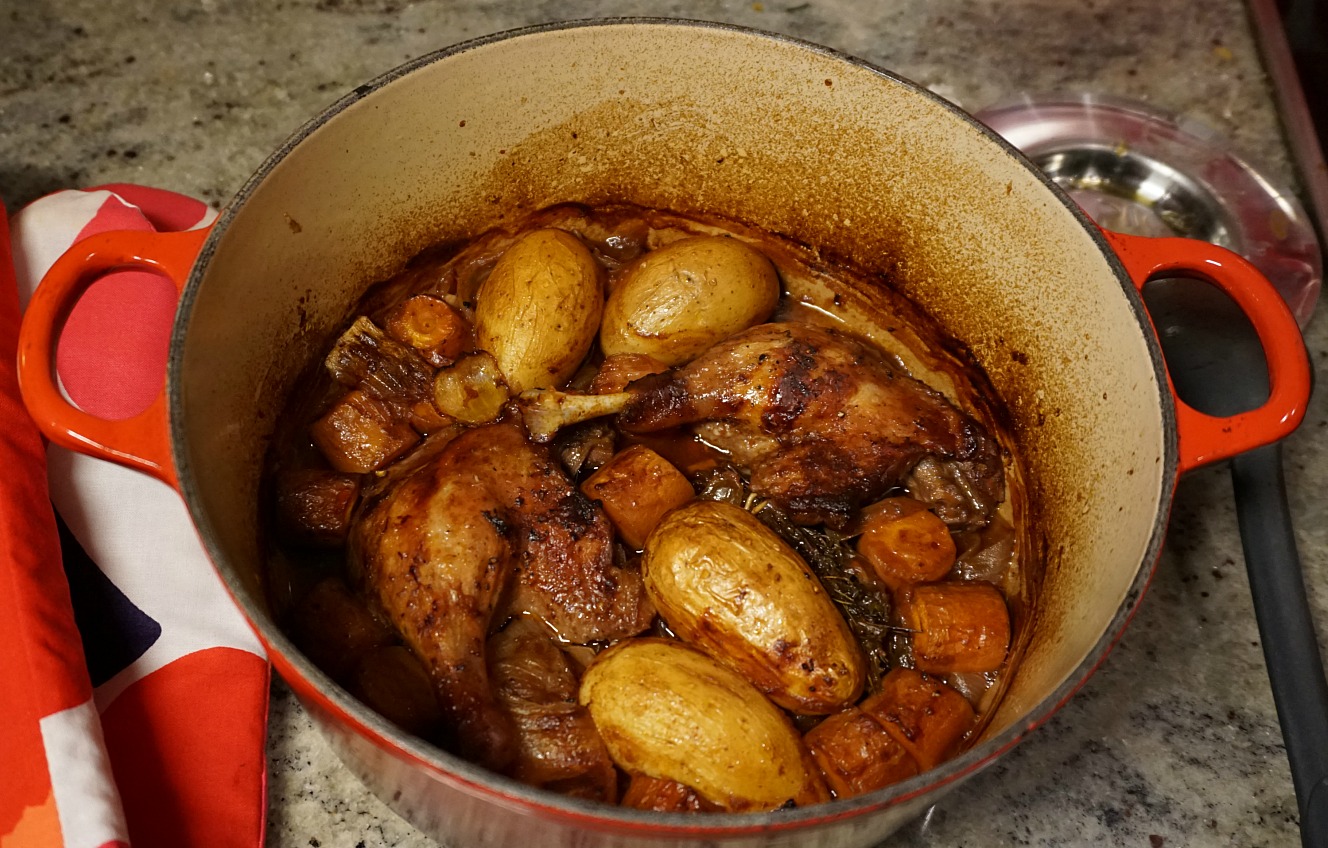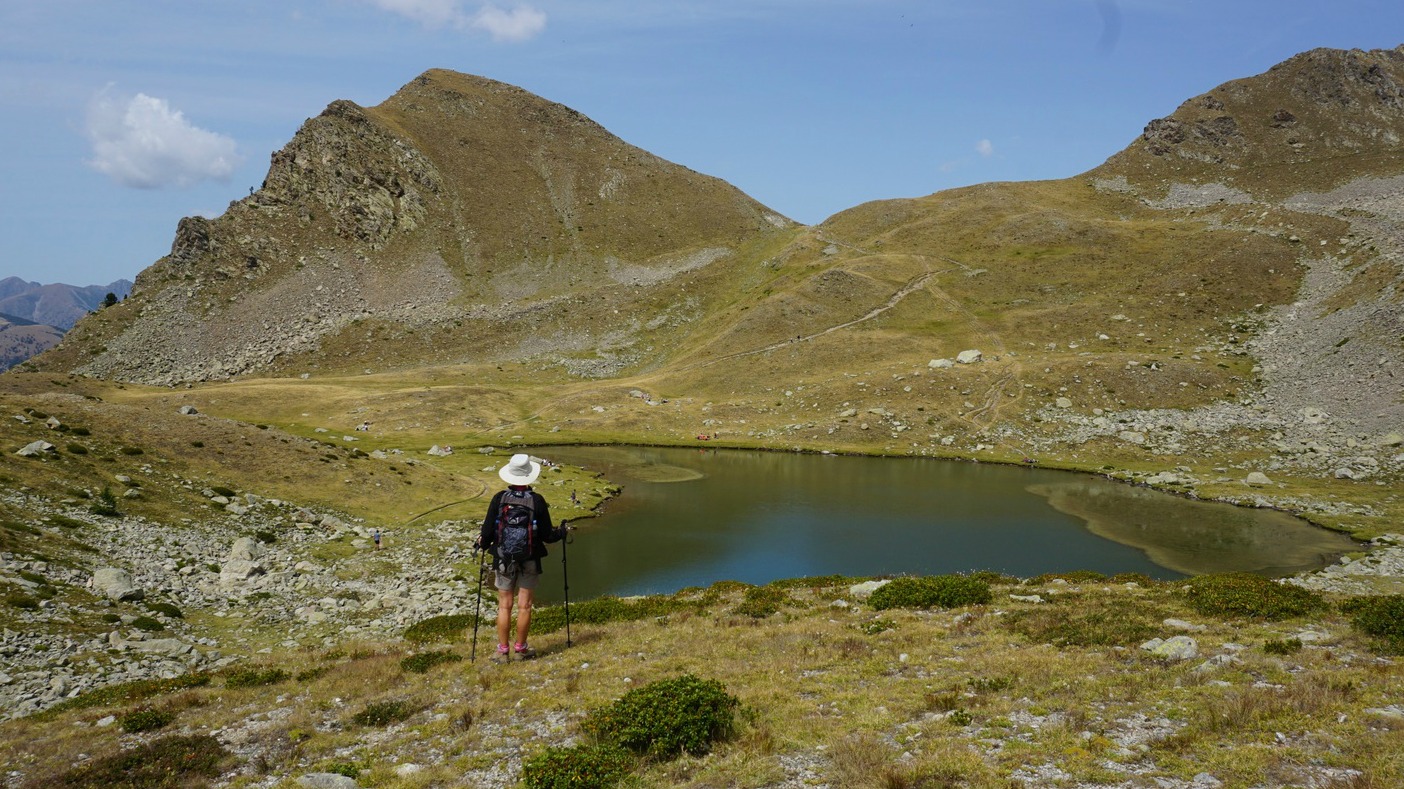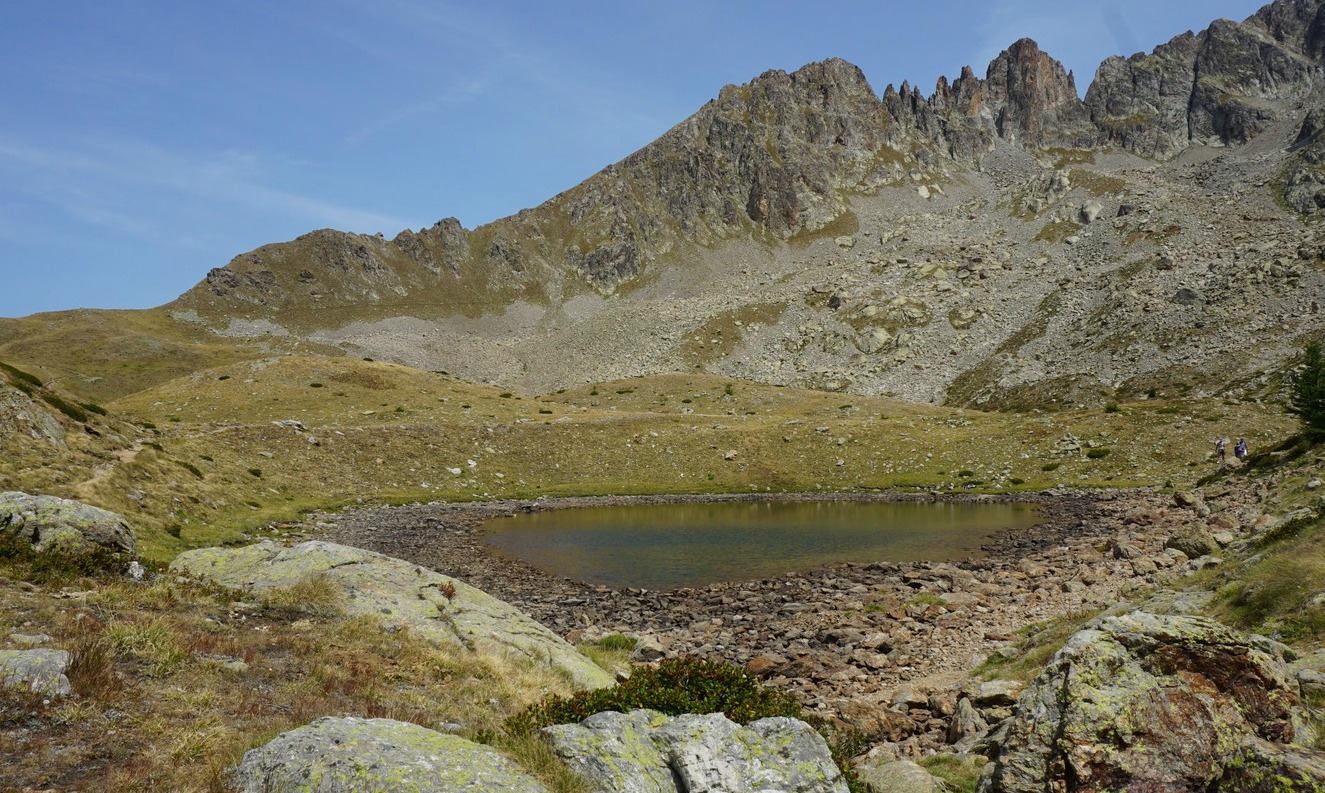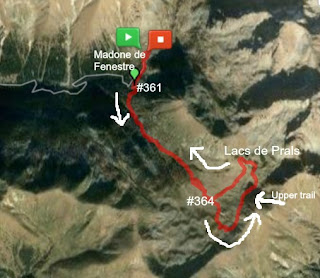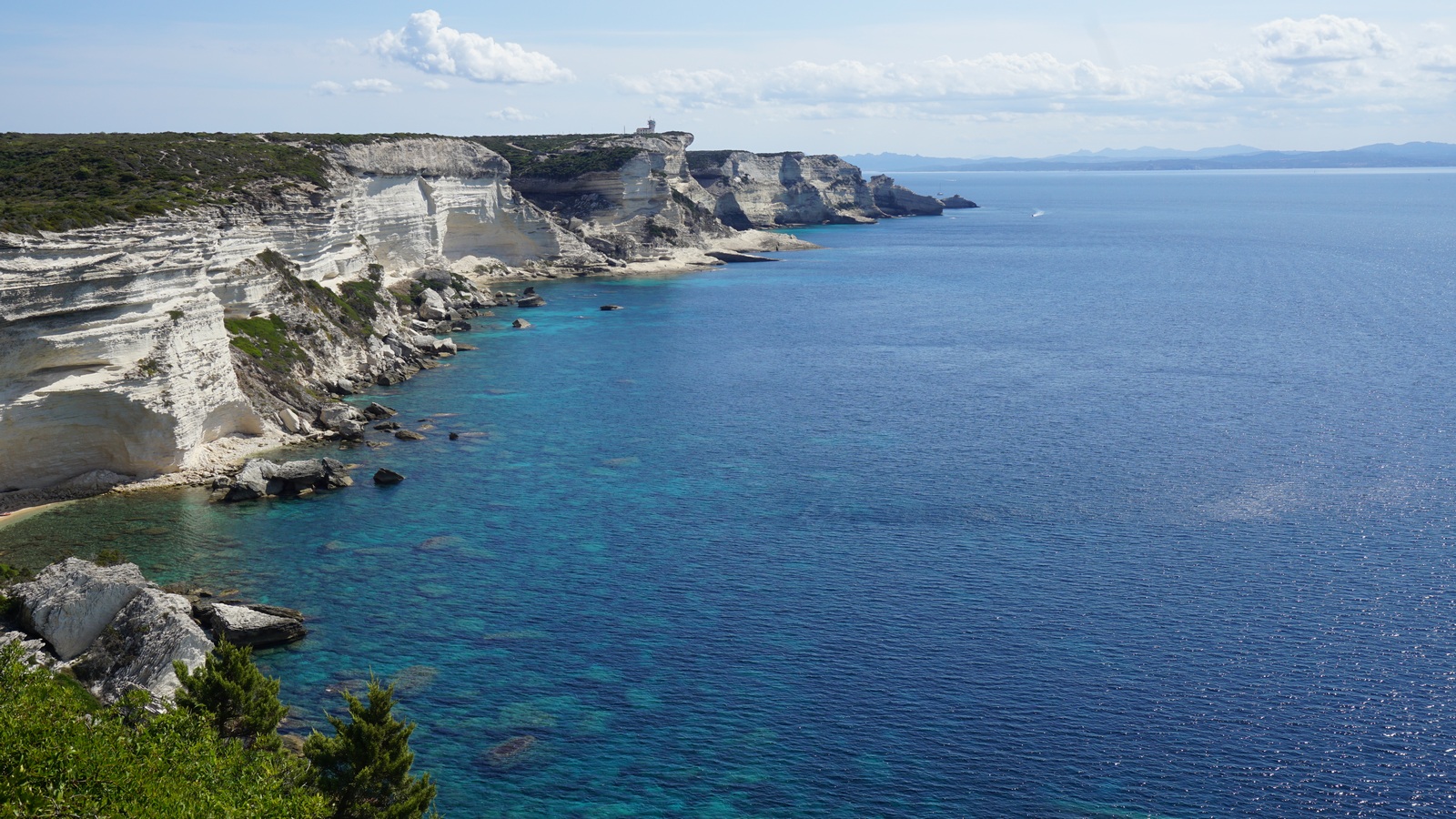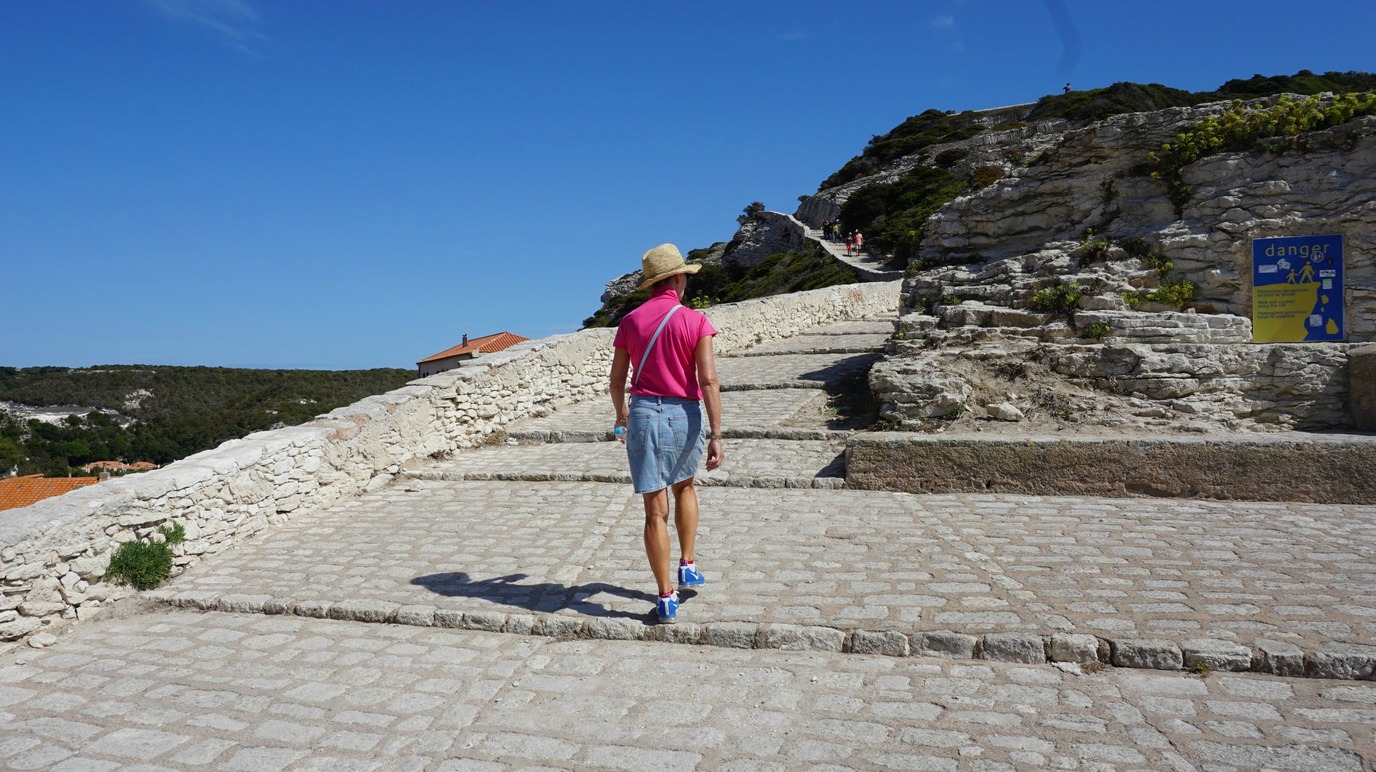Roasted potimarron squash with chicken

The following carefree and very healthy dish makes a nice lunch on a cold winter day. Potimarron squashes are small, colourful, and very tasty winter squashes. As their deep colour suggests they are full of antioxidants. Two potimarron halves make nice cases for filling per serving.
If you cannot find potimarron squashes in your area, you could try using ½ butternut squash for 2 servings.
2 servings
2 potimarron squashes
2 organic chicken breasts
1 shallot, chopped
1 clove garlic, minced
4- 5 tbsp. olive oil
100 ml white wine
A glass of water
1 tsp Provençal herbs
Freshly ground black pepper
A handful of sliced almonds
Chopped parsley to decorate
Preheat the oven to 180° C.
Halve the potimarrons and remove the seeds. Brush the cut sides with olive oil and place the potimarron halves in a large oven proof dish. Roast for 15 minutes.
Meanwhile war 1 tbsp. olive oil over medium heat in a frying pan. Cut the chicken breasts into chunks and sauté on both sides. Add the chopped shallot and minced garlic. Add the white wine, herbs, black pepper and continue sautéing for a few minutes.
Remove the potimarrons from the oven and pour a glass of water in the dish. Divide the chicken sauté in the potimarron halves and sprinkle with 2 tbsp. olive oil. Place in the oven and continue roasting for 30 minutes.
Divide the roasted potimarrons on the plates and decorate with parsley. Serve with some whole wheat bread and tapenade or cheese.


